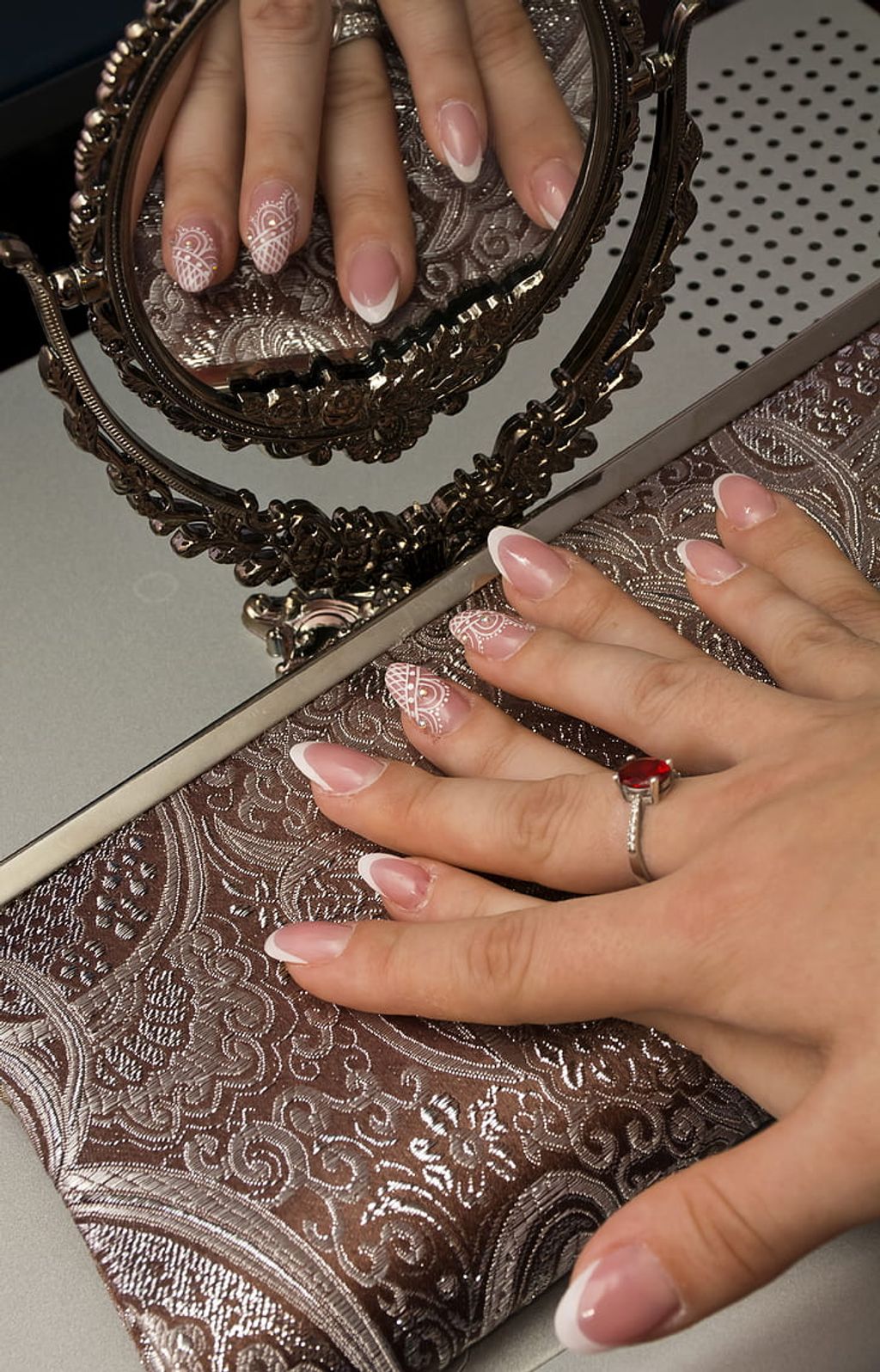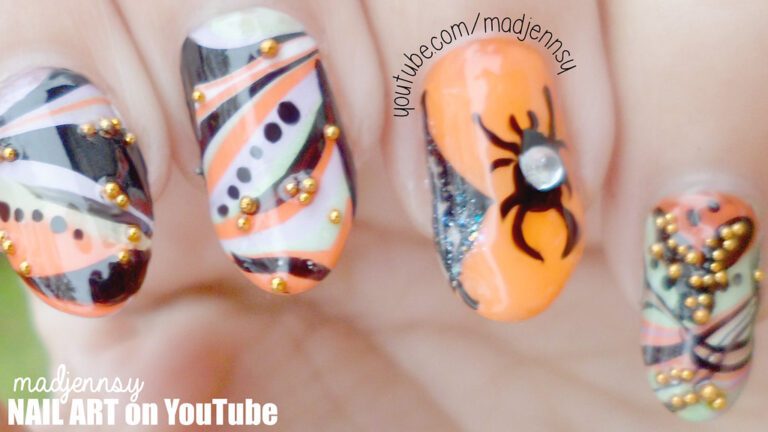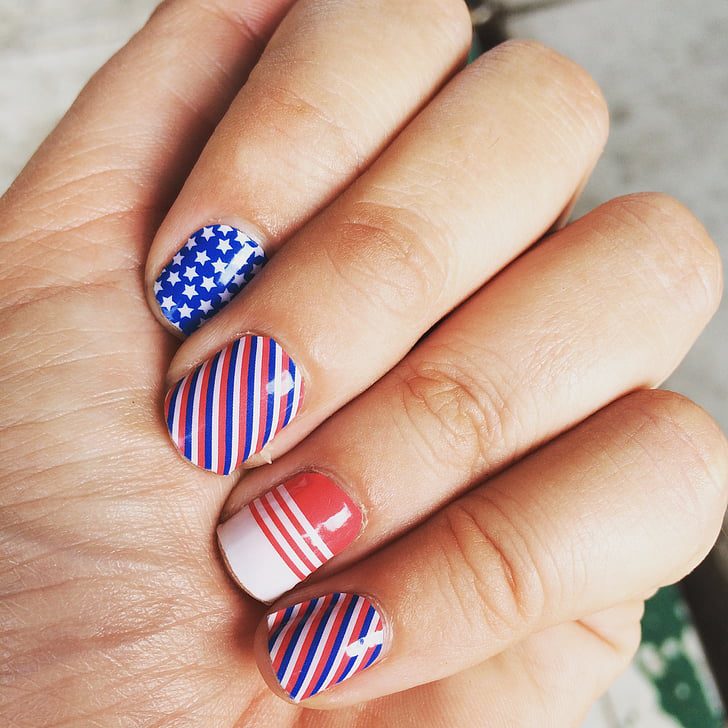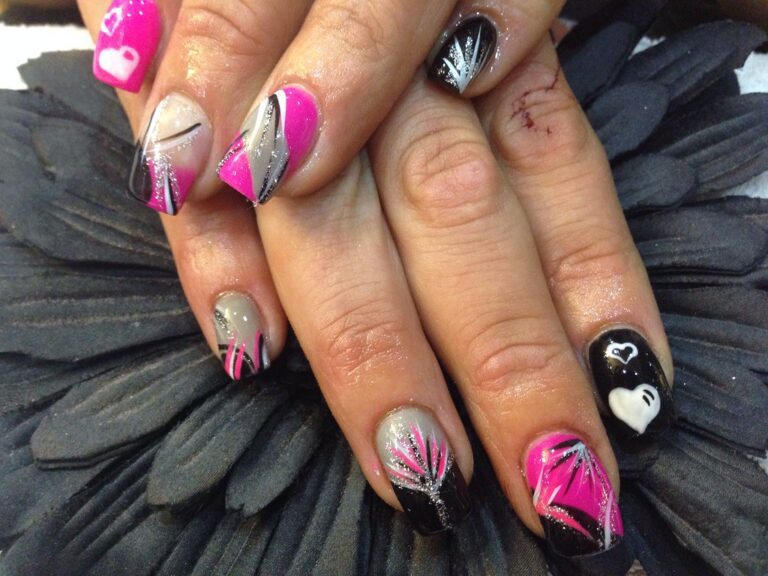“White Wonders: Why Nails Turn White”
In this article, we explore the intriguing phenomenon of nails turning white and the various factors that contribute to this occurrence. Understanding the anatomy of nails, common causes of white nails, medical conditions associated with white nails, diagnosing and treating white nails, and preventive measures are all important aspects that will be discussed.
Key Takeaways
- White nails can be a result of fungal infections, psoriasis, or injury to the nail.
- Medical conditions such as liver disease, kidney disease, and anemia can manifest as white nails.
- Diagnostic tests for white nails may include blood tests and nail cultures.
- Maintaining nail hygiene and avoiding harmful chemicals are essential preventive measures for white nails.
- Consulting a healthcare professional is crucial for accurate diagnosis and treatment of white nails.
Understanding the Anatomy of Nails

The Structure of the Nail
The human nail is a complex structure composed of several parts, each playing a crucial role in protection and dexterity. The nail plate is the hard, translucent part of the nail, made of densely packed cells containing keratin. Underneath lies the nail bed, which is rich in blood vessels and nerves, providing the nail plate with nutrients and sensation.
- The cuticle is the skin that overlaps the nail plate at the base, acting as a protective barrier against infections.
- The nail matrix, located beneath the cuticle, is responsible for nail growth.
Tip: Regular moisturizing of the cuticle and nail bed can help maintain nail health and prevent brittleness.
Understanding the structure of the nail is essential for identifying the causes of white nails and addressing them effectively. Changes in the appearance of the nail can often be a sign of underlying health issues or external damage.
The Role of Keratin in Nail Health
Keratin is the cornerstone of nail health, serving as the primary structural protein that makes up the outer layer of the nail. This fibrous protein not only provides nails with their shape and form but also imparts the resilience needed to withstand daily wear and tear. Nourishing the body with the right nutrients can bolster keratin production, leading to stronger and healthier nails.
A deficiency in keratin can lead to brittle, weak nails that are prone to splitting and breaking. To maintain optimal levels of keratin, one should focus on a balanced diet rich in proteins, vitamins, and minerals. Here’s a simple list of keratin-boosting foods:
- Lean meats
- Eggs
- Legumes
- Nuts
- Whole grains
Tip: Incorporating biotin supplements into your diet can also aid in enhancing nail keratinization, promoting nail strength and growth.
Common Causes of White Nails

Fungal Infections
Fungal infections are a common cause of white nails. When a fungal nail infection occurs, the nail becomes discolored, thickened, and distorted. It’s important to seek treatment promptly to prevent further damage to the nail. Diagnostic tests can confirm the presence of a fungal infection, and treatment options may include antifungal medications or nail removal in severe cases. Preventive measures such as maintaining nail hygiene and avoiding harmful chemicals can also help reduce the risk of fungal infections.
Psoriasis and Other Skin Conditions
Psoriasis and other skin conditions can also lead to the development of white nails. The thickening and pitting of the nails associated with psoriasis can cause them to appear white or discolored. Additionally, other skin conditions such as eczema and vitiligo can affect the nail bed, resulting in a similar discoloration. It’s important to consult a dermatologist for proper diagnosis and treatment. In some cases, the use of topical corticosteroids may help alleviate the symptoms and improve the appearance of the nails. However, individual treatment plans may vary based on the specific condition and severity of the symptoms. Seeking professional medical advice is crucial for addressing white nails related to skin conditions.
Injury and Trauma to the Nail
Injuries to the nails can occur from a variety of incidents, ranging from accidental stubbing to more severe cases such as crushing injuries. When the nail is injured, the damage to the nail bed can cause white discoloration as the nail grows out. This is often due to the formation of air pockets or separation of the nail from the nail bed, known as onycholysis.
Immediate care is crucial for nail injuries to prevent complications such as infections or permanent nail deformity. Simple steps like cleaning the wound and applying a sterile bandage can be the first aid response to minor injuries. However, more serious injuries may require medical attention. For instance:
- Partial or complete amputation of the fingertip
- Crush injuries that may cause significant damage to the nail bed
- Severe cuts that could sever the nail or affect the nail matrix
Tip: In the event of a nail injury, it’s important to keep the area clean and protected. If pain persists or the injury appears severe, seek medical advice promptly.
Medical Conditions Associated with White Nails

Liver Disease
White nails can sometimes be a sign of underlying liver conditions, such as cirrhosis or hepatitis. These diseases can lead to a variety of nail changes, one of which is the appearance of Terry’s nails, where the nails take on a stark white color with a narrow pink band at the tip. The condition is named after the doctor who first described it, and it’s thought to be due to a decrease in blood flow and an increase in connective tissue within the nail bed.
Liver disease is not the only cause of white nails, but when accompanied by other symptoms such as jaundice or redness in the palms, it should prompt further medical investigation. A simple blood test can often be the first step in diagnosing liver issues.
Remember, not all white nails are a cause for concern, but if they are persistent and accompanied by other symptoms, it’s important to seek medical advice.
Kidney Disease
Some people with kidney disease may notice that their nails become pale or white in color — called leukonychia. Leukonychia is the most common condition associated with kidney disease and can be an indicator of the severity of the condition. It’s important to consult a healthcare professional if you notice any changes in the color or texture of your nails, as they can provide valuable insights into your overall health. Additionally, maintaining good nail hygiene and regular check-ups can help in early detection and management of kidney-related nail changes.
Anemia
Anemia is a common medical condition associated with white nails. Low iron saturation is a key factor in the development of white nails in individuals with anemia. The lack of iron affects the production of hemoglobin, leading to pale nail beds. In addition to white nails, individuals with anemia may experience fatigue, weakness, and shortness of breath. It’s important to consult a healthcare professional for proper diagnosis and treatment.
To address anemia-related white nails, a balanced diet rich in iron and vitamin C is essential. Foods such as red meat, poultry, fish, lentils, and spinach can help increase iron levels. Additionally, iron supplements may be prescribed to restore iron levels in the body.
Important Tip: Regular monitoring of iron levels and hemoglobin count is crucial for individuals with anemia to prevent the development of white nails.
Diagnosing and Treating White Nails

Diagnostic Tests for White Nails
When white nails are observed, it is crucial to determine the underlying cause to ensure appropriate treatment. A healthcare provider may begin with a thorough examination of the nails and a review of the patient’s medical history. If a fungal infection is suspected, a sample of the nail can be taken for laboratory analysis. This test, known as a mycological culture, can confirm the presence of fungi and identify the specific type involved.
In cases where a systemic condition is suspected, such as liver or kidney disease, blood tests may be ordered to assess organ function. For conditions like leukonychia totalis, which is often inherited, genetic testing might be considered. Additionally, allergy testing may be conducted if a reaction to substances or eczema is thought to be contributing to the nail discoloration.
Tip: Always consult with a healthcare professional if you notice significant changes in your nail color or texture, as it could be a sign of a more serious condition.
Treatment Options for White Nails
When it comes to treating white nails, it’s important to address the underlying cause. Medical conditions such as liver disease, kidney disease, and anemia may require specific medical treatments. Additionally, diagnostic tests such as blood tests and nail scrapings can help identify the root cause of the white discoloration. Once the cause is identified, treatment options may include medication, lifestyle changes, or surgical intervention. It’s crucial to consult a healthcare professional for personalized diagnosis and treatment plans. Remember, early detection and intervention are key to managing white nail conditions effectively.
Preventive Measures for White Nails

Maintaining Nail Hygiene
Maintaining nail hygiene is crucial for preventing white nails. Regularly trimming nails straight across and keeping them clean and dry can help in avoiding prolonged exposure to water, which is a common cause of nail discoloration. Additionally, using a moisturizer regularly can help maintain the health and strength of the nails. It’s important to avoid harmful chemicals and substances that can weaken the nails and lead to discoloration. Implementing these preventive measures can contribute to overall nail health and reduce the risk of white nails.
Avoiding Harmful Chemicals and Substances
To maintain the natural luster and health of your nails, it is crucial to be mindful of the chemicals they come into contact with. Nail polishes and removers often contain substances that can be detrimental to nail health. For instance, avoiding products with formaldehyde, toluene, and dibutyl phthalate is advisable, as these can lead to brittleness and discoloration.
When performing household chores or using cleaning agents, wearing gloves can protect your nails from harsh chemicals. These substances can strip away natural oils, leaving your nails dry and more susceptible to turning white. Additionally, it’s beneficial to choose nail care products that are labeled as ‘non-toxic’ or ‘3-free’, indicating they are free from the three commonly harmful chemicals.
Tip: Regularly moisturizing your nails can help counteract the drying effects of chemicals and enhance their overall strength.
Incorporating these practices into your daily routine can significantly reduce the risk of developing white nails due to chemical exposure and contribute to the long-term health of your nails.
White nails can be a sign of various health conditions, and taking preventive measures is crucial for maintaining healthy nails. At NAILinspire.com, we provide a comprehensive guide on preventive measures for white nails, along with a wide range of nail art designs and tips. Visit our website to explore the ultimate online nail art design library and keep your nails healthy and beautiful.
Frequently Asked Questions
What are the common causes of white nails?
White nails can be caused by fungal infections, psoriasis, and other skin conditions, as well as injury and trauma to the nail.
What medical conditions are associated with white nails?
White nails can be associated with liver disease, kidney disease, and anemia.
How are white nails diagnosed?
White nails can be diagnosed through various diagnostic tests, including physical examination, blood tests, and nail biopsy.
What are the treatment options for white nails?
Treatment options for white nails depend on the underlying cause and may include antifungal medications, topical treatments, or addressing the underlying medical condition.
How can white nails be prevented?
White nails can be prevented by maintaining nail hygiene, avoiding harmful chemicals and substances, and seeking prompt treatment for any nail injuries or infections.
Are white nails a sign of a serious health condition?
In some cases, white nails can be a sign of an underlying serious health condition, especially when accompanied by other symptoms. It is important to consult a healthcare professional for proper evaluation and diagnosis.







